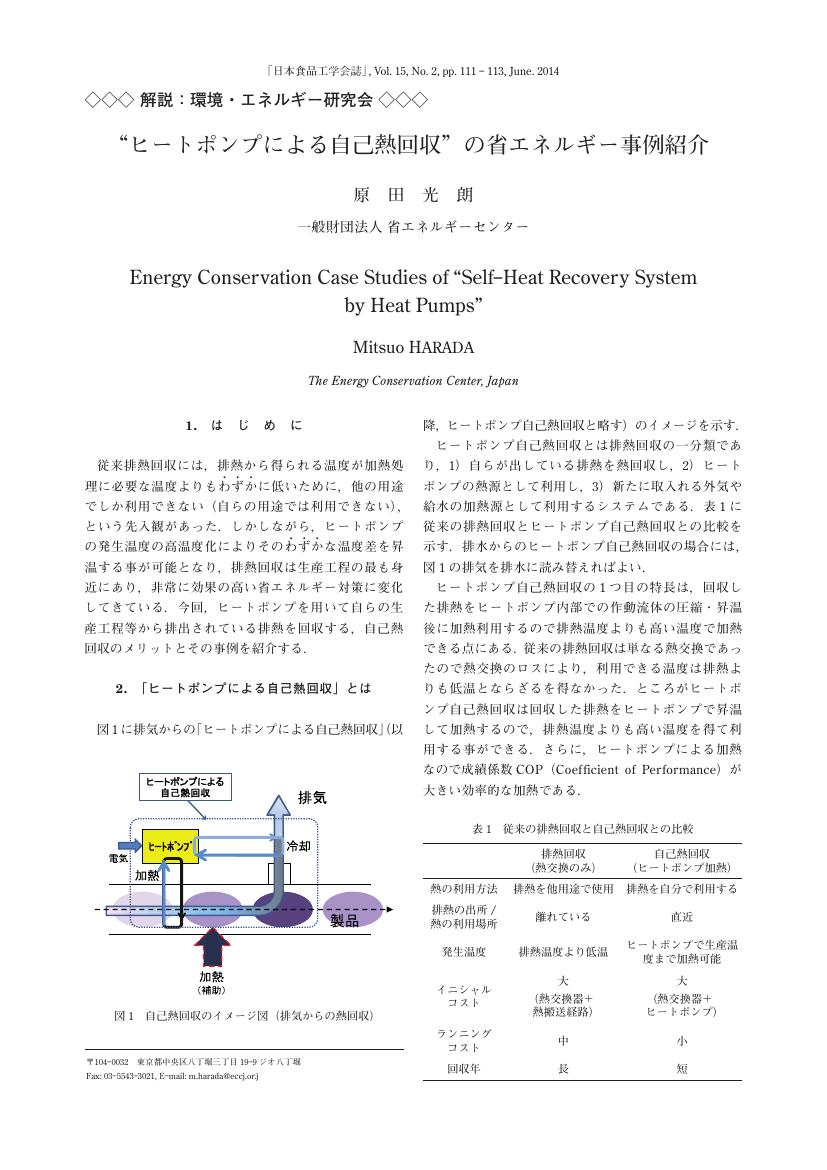7 0 0 0 OA マイクロ波による微生物殺菌効果の基礎実験
- 著者
- 姜 允敬 加藤 信介 成 旻起 金 鐘訓 柳 宇 阿部 恵子 原田 光朗 柳原 隆司
- 出版者
- 日本建築学会
- 雑誌
- 日本建築学会環境系論文集 (ISSN:13480685)
- 巻号頁・発行日
- vol.76, no.667, pp.793-798, 2011-09-30 (Released:2012-01-13)
- 参考文献数
- 17
For possible applications in the humidifier-elements of air-conditioning systems, we investigated the germicidal effect of microwave irradiation on fungal spores, e.g. Cladosporium herbarum and Fusarium solani as well as bacteria, e.g. Bacillus subtilis. For the irradiation of our samples we used a general-purpose microwave oven as well as a specially assembled microwave source that could emit microwave radiation at a frequency of 2.45 GHz. In our first experiment, we determined the optimum condition of the two parameters of radiation output power and exposure time to achieve the desired germicidal effects. Microbes on both dry and wet filters were used as samples. The second part of the study was aimed to determine whether the germicidal effect originates directly from microwave irradiation or rather from the radiation-induced heat. Our results indicate that the degradation of microbes is affected by the type of strain, microwave output power, exposure time and sample moisture (and thus induced temperature increase). And it was identified that germicidal effect by microwave is mainly due to the thermal effect.
1 0 0 0 OA “ヒートポンプによる自己熱回収”の省エネルギー事例紹介
- 著者
- 原田 光朗
- 出版者
- 一般社団法人 日本食品工学会
- 雑誌
- 日本食品工学会誌 (ISSN:13457942)
- 巻号頁・発行日
- vol.15, no.2, pp.111-113, 2014-06-15 (Released:2014-09-24)
- 参考文献数
- 6
